
In celebration of its 10th anniversary, The Story Exchange has announced the winners of its first annual Women In Science Incentive Prize — a new grant program that recognizes innovative female scientists working in the area of climate change mitigation and adaptation.
This year’s focus is on women leading efforts in water. “We received an incredible response to our call for entries, but these five women stood out for their expertise, enthusiasm and tireless work ethic,” said Victoria Wang, co-founder of The Story Exchange. “With droughts and floods increasingly prevalent, we are thrilled to provide support to women who are responding to the urgent call for science-based solutions to climate impact on water resources.”
The five winners were selected after a two-pronged application process, and following a rigorous scientific review by judges from several universities and an assessment by The Story Exchange editors. To be eligible, applicants needed to have advanced degrees in engineering, environmental science or closely related fields, and be working on the water crisis as researchers or entrepreneurs. Each will receive a $5,000 grant to continue her work.
“We know climate change disproportionately impacts women around the world — especially women from poor and marginalized communities,” said Sue Williams, co-founder of The Story Exchange. “We also know that women scientists face well-documented barriers but are uniquely situated to address the water crisis. We hope this award encourages more diverse perspectives when it comes to tackling the greatest environmental challenge of our time.”
Next year’s theme for the Women In Science Incentive Prize will be announced in June.
Meanwhile, here are the recipients of this year’s grants, in alphabetical order. The Story Exchange recognizes these women as leaders on the frontlines of our future, working to help save precious natural resources for future generations.
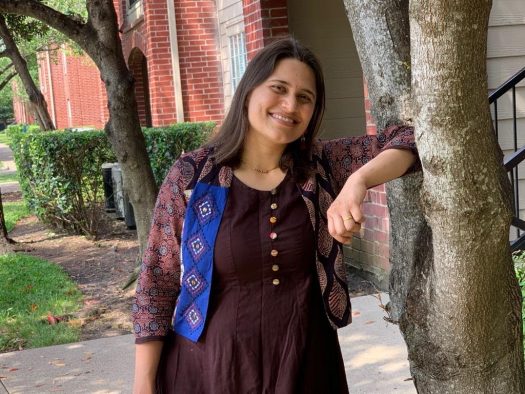
Pratiksha Dongare has developed a system that effectively removes salt and other minerals from brackish water using solar energy and nanophotonics. (Credit: Courtesy of Pratiksha Dongare)
Pratiksha Dongare
In her hometown in central India, Pratiksha Dongare ran her first real-world science experiment — engineering “soak pits” to treat wastewater sustainably — when she was just in ninth grade. “I always wanted to do research in something that will help the world but I had no idea how I [would] do it,” Dongare says. She eventually came to Rice University in Texas, where she has taken a cutting-edge approach to solar-driven desalination.
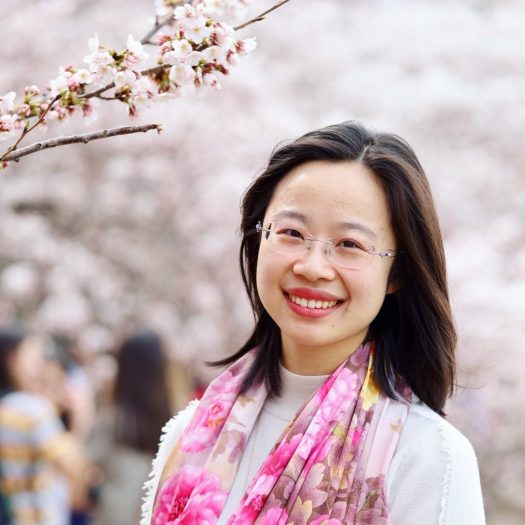
Cindy Hu has created a website – whatisinmywater.org – that offers people an intimate view of the substances in their water supply. (Credit: Courtesy of Cindy Hu)
Cindy Hu
When Cindy Hu arrived in the U.S. from China for graduate studies, she was amazed at how people could drink straight from the tap – and how little people thought about what was in their water. She honed in on the lack of drinking water monitoring data, eventually launching Whatisinmywater.org, designed to be a one-stop resource for information on contaminant occurrence, health impacts and solutions. “It’s really important to make the information available so that consumers can make the best decisions,” she says.
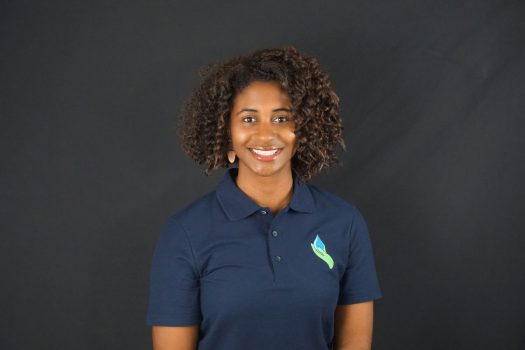
Brittany Kendrick founded Hydronomy in 2019. The system to clean water is decentralized, off-the-grid and based in individual households, especially Black and brown neighborhoods. (Credit: Courtesy of Brittany Kendrick)
Brittany Kendrick
Growing up on Chicago’s South Side, Brittany Kendrick was always aware of water – especially the high levels of water contamination in her neighborhood. Today, she is the founder of Hydronomy, a startup that grew out of her master’s project at New York University. The company creates solar-powered water generators to deliver clean water to people who need it. “Our intent is that the people who are the most vulnerable get the product first,” she says.
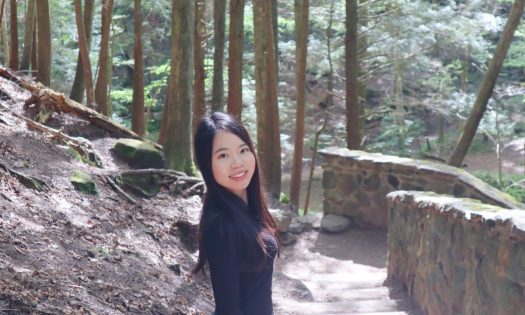
Using hydrological modeling techniques she created, Zhiying Li is able to predict how water volume may change over decades in several hundred US watersheds. (Credit: Courtesy of Zhiying Li)
Zhiying Li
As a young girl in Southern China, Zhiying Li was captivated by the spectacular scenery of her hometown, especially the limestone pinnacles rising dramatically amid rushing rivers. She aspired to be a scientist focused on water conservation, even though her parents urged her to follow a more traditional path for women, and eventually obtained a PhD at Ohio State. Nowadays, Li uses hydrological modeling techniques to predict how water volume may change and affect lives and livelihoods. “I do this research out of a labor of love,” she says.
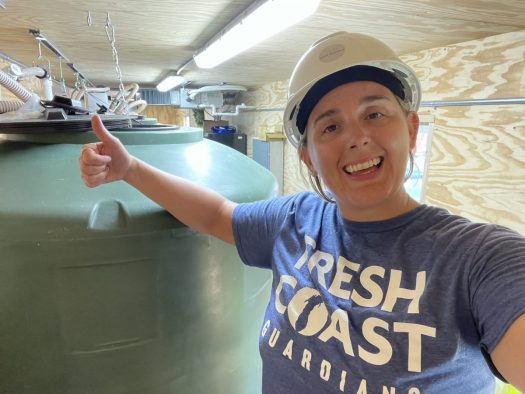
Paige Peters of Rapid Radicals Technology LLC. (Credit: Paige Peters)
Paige Peters
Paige Peters recalls being speechless a few years back, when an adviser at Marquette University suggested that she take her Master’s project — developing new technology that can treat wastewater in less than 30 minutes, critical when there’s an intense storm — and turn it into a company. “I had absolutely no background in [entrepreneurship],” Peters says, and didn’t want to “take on risk or derail my academics.” But she also thought: “Maybe I can do this.” Today, she is the founder of Rapid Radicals Technology LLC.

